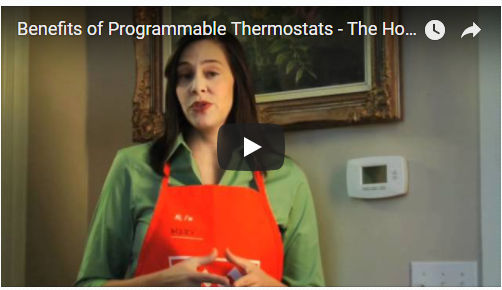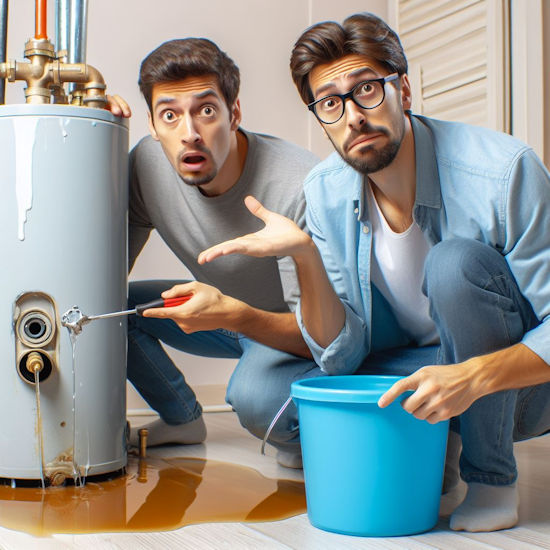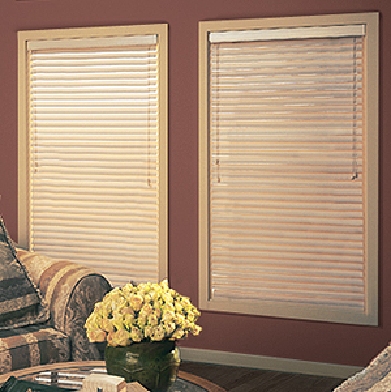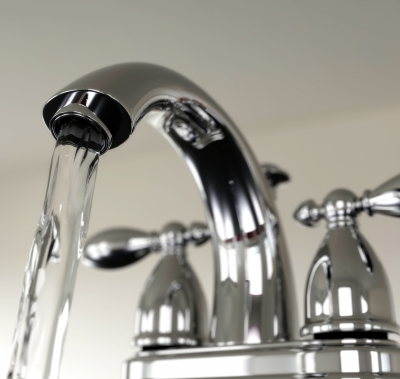When you have extra money to put toward your home, it’s important to choose improvements that earn back your investment either immediately, over time or when you sell your house. Below are seven simple improvements can be done in a weekend or less, and all of them put the spent cash right back into your bank account.
Weatherproofing / Caulking / Insulation
An incredible amount of energy is lost through leaky, or drafty areas of your home. If you invest in seals around windows and doors, insulating ductwork, and adding insulation to attic and basement areas that do not have it, you will greatly lower the cost of heating and cooling your home. Energy Star says simple weatherproofing can give your home better humidity control, lower the chance for ice dams to develop on the roof, and decrease the pollen, dust, and insects that enter your home. Most homes can be sealed with a few tubes of caulk. There are several different qualities of caulk, some are clear, some are various colors. Some are “paintable” some are not. The best quality caulk is made of 100% silicone, but silicone generally isn’t paintable so you will either need to use clear or find a color close to what you are applying it to. A tube of high quality caulk costs about $5- $7. Where else can you potentially save hundreds of dollars for a mere $5? And as a bonus, your house will be more comfortable by eliminating drafts and it will last longer by preventing wood rot due to water infiltration. If cracks are larger than 1/4″ you may have to use caulk rope, window glazing putty, or some other material to stuff in the crack before applying the caulk.
After you’ve caulked the cracks, the next step is to fill voids where insulation is missing or has shifted. This can be a bigger job than simple caulking but will also pay big dividends.
Tankless Hot Water Heater
Old-style, bulky hot water heaters spend most of their time just keeping previously heated water hot. They kick on when enough heat has escaped so insulating your old water heater can help to prevent some of this heat loss. Upgrading to tankless water heater prevents this heat loss as it only kicks on when hot water is needed. Often you can locate a tankless water heater closer to the end use point so it takes less time for the hot water to get to you and you also have less heat loss through the pipes. These savings often enable a tankless water heater to pay for itself in a few years. The department of Energy says they can create 2-5 gallons of hot water per minute. So if you need more than that (perhaps for a large family) you may need to install more than one tankless heater. Tankless heaters are more expensive initially than a standard water heater and they may require you to upgrade your gas piping (needs a higher gas flow rate) but they are much more efficient (~92% vs. ~65%), so a tankless water heater can usually save you from $100-$150 per year on water heating costs. So in a few years they can pay for themselves.
Maintaining Structure
Maintaining the structural integrity of your home is critical for keeping moisture out, keeping the roof in good order, ensuring the foundation is crack free, and guarding the woodwork against leaks will keep rain and moisture outside. If you live in a low-lying area that is prone to flooding , a flood sensor will alert you of any entering water that may compromise your basement, utility rooms, or other areas.
Often proper use of landscaping and contouring the ground can direct water away from your home and prevent flooding. You might also consider using drain tiles, and redirecting gutter runoff.
Upgrading Storage Space
With an older home, you are probably short on closet space. Taking unused areas and creating extra cabinets and closets will greatly increase the value of your home when it comes time to sell. Under stairs, window seats, and above the washer and dryer are all great underused spaces to create new storage areas. Make use of vertical space and corners that go unused. You can add storage cabinets, shelves, or even just hooks to help make these areas more useful.
Smart Thermostat
Heating or cooling a house to a comfortable temperature when no one is home gets expensive very quickly and the more poorly insulated your house the more money a programmable thermostat will save you. A smart thermostat allows you to program times when the HVAC system can cut back on heating or cooling. This means while no one is home, you will spend less money on heating an empty house. Some models learn your temperature preferences and adjust themselves accordingly, allowing you to save energy without lifting a finger. Generally, you don’t want to cut back your heating below 50°F (10° C) because very low temperatures can cause problems like freezing etc. But heat loss is dependent on the temperature differential between the inside and the outside. So if it is freezing outside 32°F (0° C) and it is 70°F (21° C) inside you have a much larger temperature differential than if it is 50°F (10° C) inside. So you will have a much lower heat loss. Programmable thermostats have been around for awhile now but recently they have added WiFi which gives you the ability to monitor and adjust your thermostat from anywhere via your smartphone.
https://youtu.be/DMPMHHi7-S0
Upgrade Plumbing Fixtures
Older faucets, shower heads, and toilets use much more water than modern fixtures. Today’s smart plumbing fixtures use new technology that uses less water while increasing water pressure. Low flow toilets work just as well as their older counterparts, but use far less water. Simply replacing your fixtures with energy efficient versions will earn your money back in the savings you receive on your monthly water bill.
LED Bulbs
If you are looking for an easy way to cut electricity costs, consider replacing your most used bulbs with an LED version. LEDs burn cooler creating less energy wasted through heat. An old-style 60 Watt incandescent bulb uses 60 Watts of electricity (duh) to produce approximately 840 lumens of light and lasts about 750-1000 hours. An LED bulb uses about 9.5 Watts of electricity to produce the same number of lumens and lasts 10,000 hours. You can save significant amounts in utility bills every year by just replacing a few bulbs.
To save money at home, you do not have to spend a lot. Some elbow grease and a few smart purchases go a long way toward saving money over a long period of time.
You Might Also Like:





Pingback: Frugal Living 101